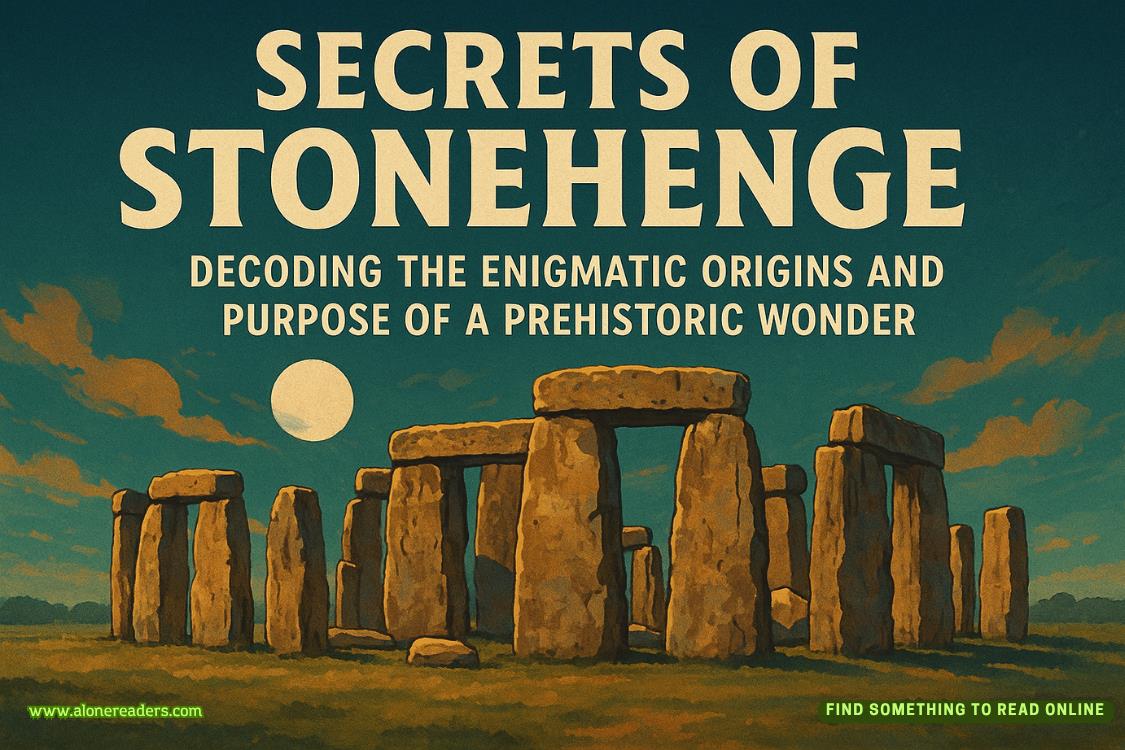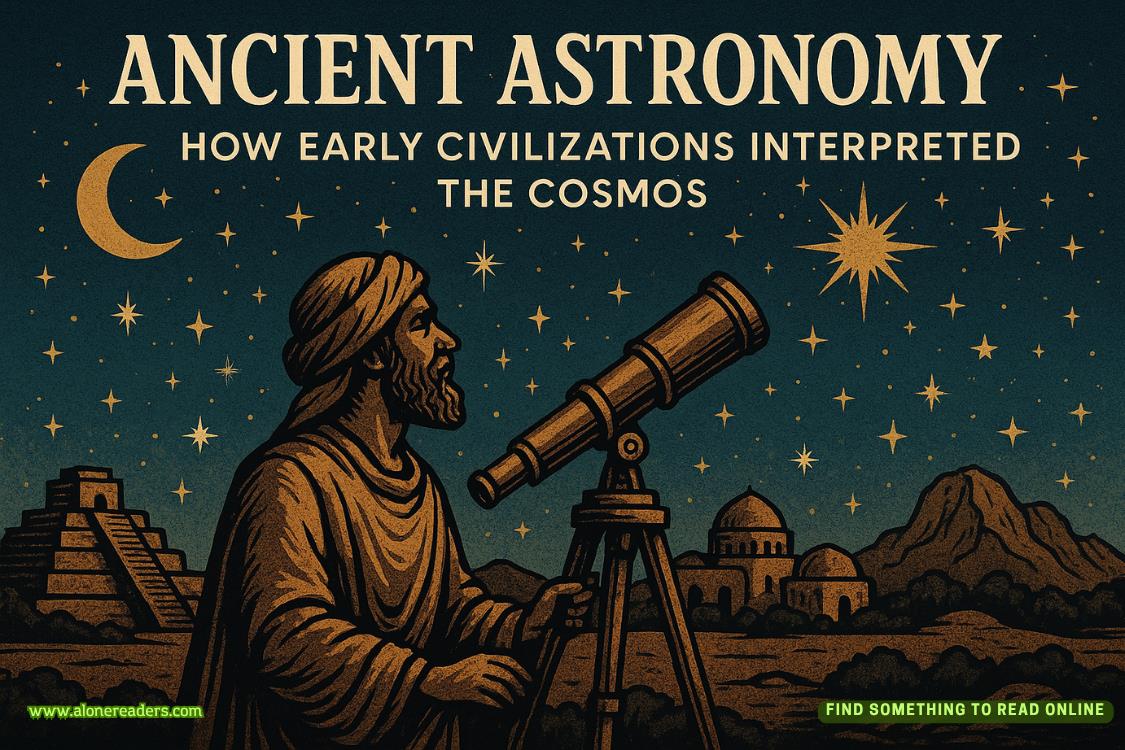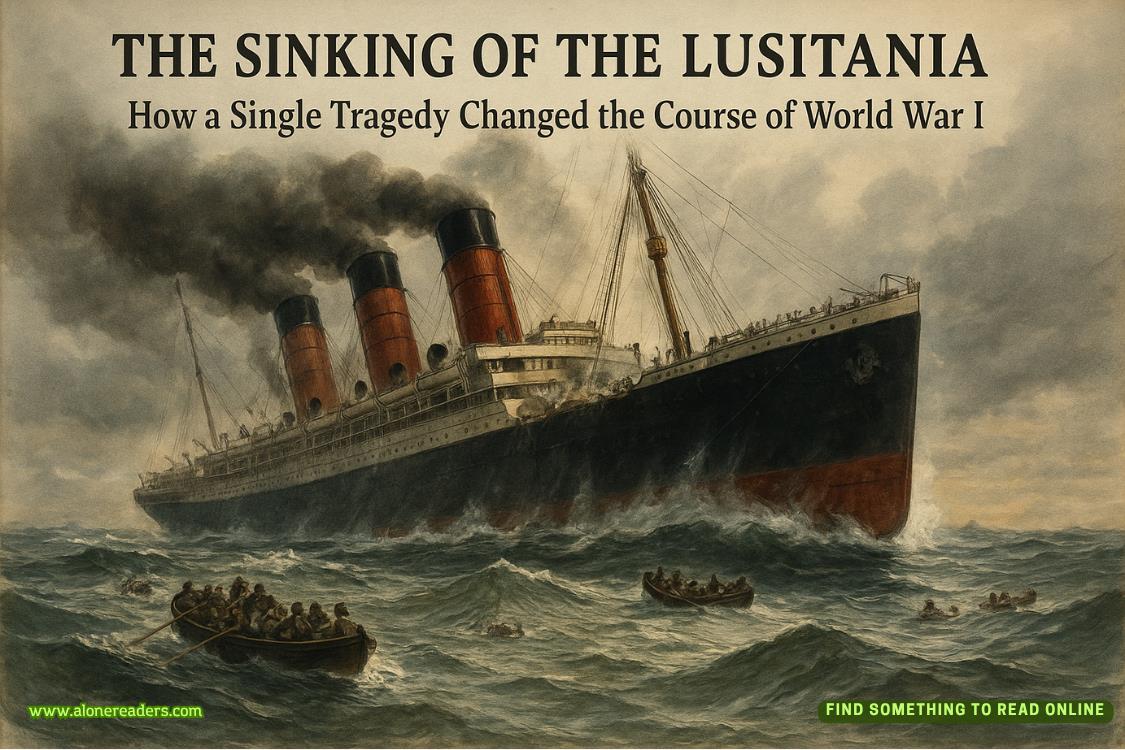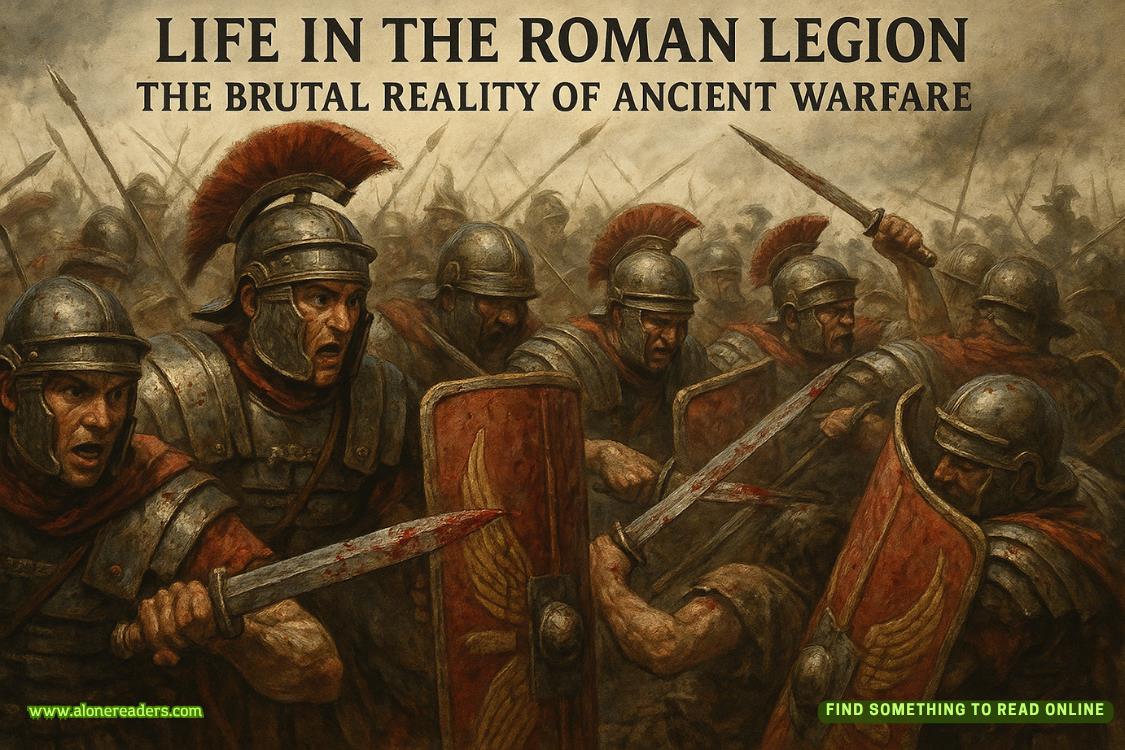Page 72 of Circle of Days
“But how would we persuade them to help us?” Seft was a master of inanimate objects such as trees and rivers, but he could not manipulate people.
However, Joia could. “I’ll speak to them after the Rite. I’ll tell them that this is a holy mission, something the gods want us to do. I’ll say it’s an extension of the Rite and of the celebrations that go with the Rite, including the revel. I’ll tell them that we’re going to sing and dance as we march to Stony Valley. They’ll love the idea, especially the young ones.”
Seft nodded. “I can imagine.”
“We could do it every year, after the Midsummer Rite, a few stones a year until we have enough.”
“People might look forward to the march the way they look forward to the Rite.”
“I’m sure they will.”
Seft nodded. “So,” he said, “we have to put this to the priestesses?”
“Yes.”
“When?”
“Let’s keep it to ourselves while Soo is alive. Then, after her funeral, when the priestesses start to think seriously about her successor, we’ll speak to them together.”
“Very good,” said Seft.
Joia left him, feeling bucked, and headed back to the Monument.
Duna was waiting for her. A promising novice, she was a jolly girl with a lovely singing voice. Today Joia had to teach her about eclipses. She put everything else out of her mind.
“Eclipses of the sun and moon are portents,” Joia said. “They herald floods, plagues, and earthquakes. A year of no eclipses is a peaceful one. A year with many is dangerous. So we need to know what dangerous years are coming.”
Instead of entering the central timber circle, Joia led Duna to the outer circle of bluestones that stood just inside the bank. Each stone was taller than a tall man. Duna said: “How did these big stones get here? They must be awfully heavy.”
“No one really knows,” said Joia. “Perhaps they came upriver on boats.”
“Then they had to be brought from the river to here.”
“It happened long before anyone alive today was born. But the stones must have been dragged across the ground, presumably with ropes.”
“It sounds very difficult.”
“Certainly.” This was an interesting discussion, but Joia had a lesson to teach. “Did you notice how many bluestones there are?”
“Yes,” Duna said eagerly. “Fifty-six.”
“Well done.”
“We were told we had to know the number of everything we see,” Duna admitted.
“A good principle for a priestess. Now, most of our dances take place around the timber circle, and they tell us about the sun. And bluestones numbers twenty-eight and fifty-six are in linewith the rising sun on Midsummer Day. But, despite that, the circle is mostly about the moon. And the number fifty-six is very important in the study of the moon.”
Joia did not know why the Moon Goddess had picked that special number. Fifty-six was twice twenty-eight, and a lot of people vaguely thought that twenty-eight days was a lunar month, but that was not quite right: the cycle from one new moon to the next was twenty-nine and a half days.
Nevertheless, the people who had performed the giant task of bringing the bluestones to the Monument had known the Goddess’s secret numbers, and Joia was now going to explain them to Duna.
“You see that a large pottery disc has been placed at the foot of some of the stones.”
“Six of the stones,” Duna said.
“Well done. Can you figure out the arrangement of discs?”
“Yes,” Duna said eagerly. “There’s a disc at every ninth stone. No, every tenth! No…”















